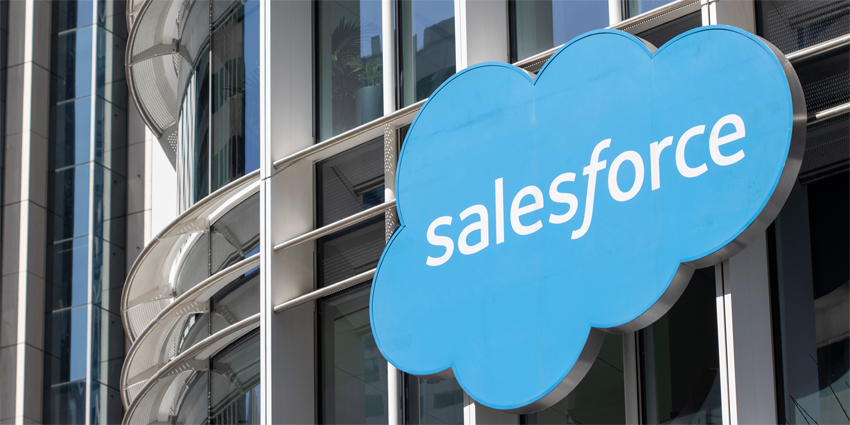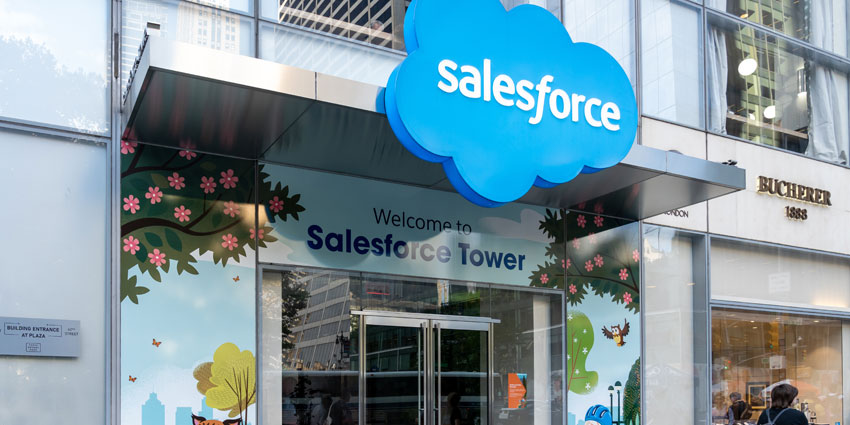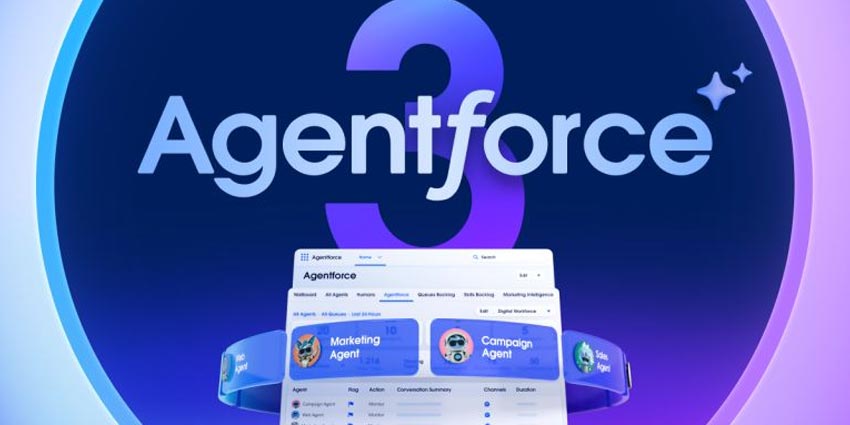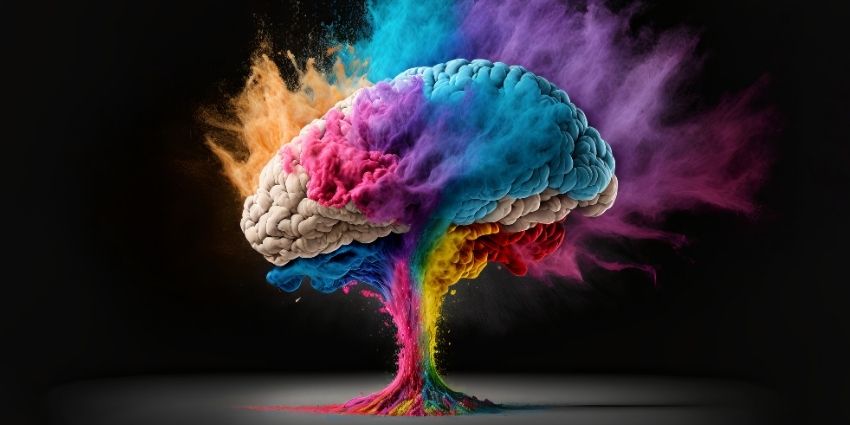Microsoft has released its quarterly results, exceeding expectations across much of its portfolio.
However, its recent layoffs had somewhat tempered these expectations beforehand.
Overall, Q2 revenues rose by two percent year-over-year, reaching $52.7BN.
Much of this growth stems from Azure cloud, which saw sales rise by 31 percent (YoY) last quarter.
A significant positive within this is that Azure ML revenue alone increased by over 100 percent for the fifth quarter in a row.
Nevertheless, the challenging economic backdrop has seemingly played a part in stalling its momentum in the enterprise communications, CRM, and data & analytics markets.
This trend had a significant influence on the following top CX takeaways, which cover the earnings results and the accompanying call with investors.
1. Dynamics 365 Growth Slows as CRM Take-Up Stutters
Dynamics 365 revenue continued to decelerate in Q2, growing by 21 percent. Compare this to the 45 percent growth rate recorded 12 months ago, and the difference is stark.
The downward trend may have surprised some, particularly after Microsoft launched a fully-fledged CCaaS platform last August, building on its Dynamics 365 for Customer Service solution.
However, some analysts have criticized the platform, most notably for its complexity.
As such, it may not have given the Dynamics portfolio the lift Microsoft had hoped for.
Moreover, its Microsoft Dynamics CRM is not disrupting the market dominance of Salesforce. Again, this may have limited the growth of its Dynamics 365 portfolio.
Indeed, Salesforce still outsells Microsoft by almost 4:1 in CRM, according to IDC research published in November 2022.
With that said, there remains immense potential for Microsoft in both markets, thanks to its terrifically broad ecosystem.
Yet, tying all this together into a compelling CX proposition will be a marathon, not a sprint.
2. The Native Calling Capabilities With Microsoft Teams Remain Unappealing for Many
Microsoft Teams now has 280 million monthly active users, up from the 270 million it announced 12 months ago. This represents a 3.6 percent YoY growth for the UCaaS platform.
As businesses have settled into their hybrid work routines, the growth is still strong as Teams continues to show durable momentum.
Nevertheless, the percentage of customers choosing to take up the native calling capabilities remains low – creating a gap in the market for CX players such as RingCentral and 8×8 to exploit.
Indeed, Microsoft only added five million PSTN seats to Teams over the past year, taking the total to approximately 17 million.
Compare this to its overall user base of 280 million, and it seems that only 6.1 percent use the full native voice calling capabilities within the UC platform.
Of course, an inhibitor here is that many new users of Teams may have existing contracts or leases.
However, the statistic suggests that Microsoft may have to improve its feature set, rethink its pricing, and reduce complexity to increase the number of PSTN seats it adds to Teams.
3. Microsoft Predicts Viva Will Become “Essential” In the New World of Work
One solution that seems to be gaining momentum is Microsoft Viva, which the company launched in February 2021.
After reaching a landmark 20 million monthly active users last quarter, Satya Nadella, Chairman and CEO at Microsoft, once again reserved special praise for the solution. He stated:
“With Microsoft Viva, we have created a new market category for employee experience and organizational productivity,” he said.
Viva has also become an indispensable tool for business process…. We have seen strong interest since making it generally available this quarter.
Carlsberg was one of those interested parties, harnessing the solution to centralize its digital employee experience for 29,000 employees.
Meanwhile, a US bank implemented Viva to “streamline employee communications.”
These moves may further the CX efforts of these businesses. After all, as the longstanding business principle suggests: happy employees = happy customers.
Yet, it is also fascinating to consider how Microsoft is using Viva as a platform to extract insights from sales conversations.
Indeed, some companies – including Adobe – use Viva Sales to take nuggets of information from sales conversations across Teams and Outlook. These then filter those into their CRM.
As Microsoft builds out these use cases, Viva may further streamline customer communication and improve employee experiences in the process.
4. ChatGPT Becomes Just a Part of Microsoft’s OpenAI Mission
Last week, Microsoft opened up its Azure OpenAI service. Already, it has over 200 customers, including KPMG and Al Jazeera.
Soon it will also add support for ChatGPT, enabling organizations to use the technology within their business applications.
While this all seems to have happened in the blink of an eye, Microsoft has invested in OpenAI for over three years.
During this time, it has also built both the training supercomputers and inference infrastructure to make its AI – including ChatGPT – fit into various business applications without heavy training.
Now, it’s turning the dial further. As Nadella said:
Expect us to sort of incorporate AI in every layer of the stack, whether it’s in productivity, whether it’s in our consumer services… We’re excited about it.
While ChatGPT may just be a part of this, it will enable innovation and competitive differentiation for Microsoft – in the CX world and far beyond.
Eager to learn how ChatGPT may disrupt CX? If so, check out our article: ChatGPT Could Change Customer Experience: Here’s How







